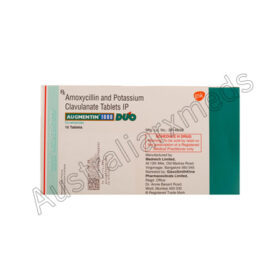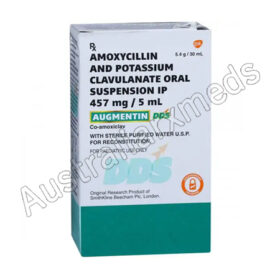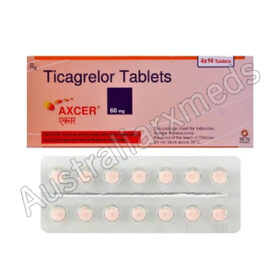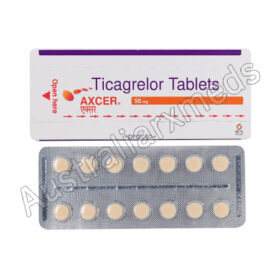
Antibiotics
Showing 1–8 of 90 resultsAs you already know, the most common use of antibiotics, as medicines, is needed when we suffer from bacterial infections. These work by destroying the bacteria that cause the infection in the body.
Do not use such medicines to cure a viral infection, such as a common cold issue or a fungal infection, like ringworm. The medicines are made in such a way that they kill only the harmful bacteria causing infection in our body.
There is also a set of broad-spectrum antibiotics, which kill the malicious and even the good bacteria. Even though there is a wide range of antibiotics that work in different ways, there are two methods or routes using which they are able to kill the bacteria.
There is a type of pill that works to stop the reproduction and growth of the bacteria. On the other hand, you have many antibiotics that work by breaking the cell wall of the bacteria.
Bacterial Infections – The Types
1. Skin Infections
As the name suggests, these infections usually infect the skin and cause signs of inflammation, swelling, and other problems.
Some of the most common types are-
- Cellulitis, which makes your skin red and often has a feeling of heat inside. These usually affect the legs but may occur in other areas of the body.
- Impetigo, usually affecting children that causes sores.
- Boils, usually a form of deep skin infection that begins with hair follicle roots.
2. Food-Borne Infections
Food poisoning is a major issue that occurs with the intake of contaminated food. Usually, taking rotten food items or unhealthy water and food items infected with bacteria are the usual causes of the disorder.
Many forms of bacteria cause food poisoning, such as
- jejuni
- Botulinum
- coli
- Salmonella
- Vibrio
3. Sexually Transmitted Infections
These bacteria are known to cause STDs, or sexually transmitted diseases. As the name gives you an idea, it is commonly spread while having sex with an infected person or having unprotected sex. Some of the common STD type bacterial infections are-
- Chlamydia
- Gonorrhea
- Syphilis
- Vaginosis
Symptoms Involving Bacterial Infections
It depends on the type of bacterial infections as to what type of symptoms the patient will develop. Some symptoms may also depend on the age and health of the patient. Here are a few common types of issues that you can notice when an infection occurs because of a bacterium in your body-
- Diarrhea
- Reddish urine or sometimes blood being present in the urine.
- Pain during peeing
- Fatigue
- Fever
- Headache
- Body pain
- Fatigue
- Nausea
- Vomiting
- Stomach pain
- Stiff neck
- Rashes on the skin
Some of the symptoms common to babies are-
- Bulges on the scalp
- Having problems with feeding
- Severe sleepiness
You need to take immediate care if you have symptoms such as
- Confusion
- A chest cough that is commonly yellow or green
- Fever
- Lack of alertness
- Seizures
It is possible that sometimes major or lifelong and severe conditions can occur as well, such as liver or kidney failure.
Preventing Bacterial Infections – The Ways To Avoid
- Avoid contact with a person who already has the infection, including shared items for cooking and personal care.
- Avoid transmission, such as by covering your mouth when sneezing or coughing.
- Avoid eating stale foods.
- Defrosting foods and warming them before intake
- Avoid keeping food out in the open and keep it inside the fridge.
- Eating a healthy diet and food items that can help you increase your immunity.
- Taking enough rest at home
- Visiting the doctor as early as possible when you notice signs of bacterial infections.
- Avoid the intake of expired packaged food items.
- Maintaining the basic hygiene techniques
- Taking vaccines during seasonal changes when you are prone to infections.
- Making sure that the surroundings of your home are clean and hygienic.
Common Medicines To Cure Bacterial Infections
There are many classifications of drugs that are often used to cure an infection resulting from a bacterium. Some of the most common types of drugs include-
- Cephalosporins
- Macrolides
- Penicillin
- Quinolones
- Tetracyclines
It is always a good idea to contact your doctor whenever you have such forms of infection. They will help you to select the ideal category of drug, along with recommending a suitable brand and dose for your age and health.
Important Guidelines
- You should take the full course even if you feel better.
- Be careful not to use leftover antibiotics.
- Take only if prescribed by a doctor.
- Misuse of antibiotics can lead to resistance.









